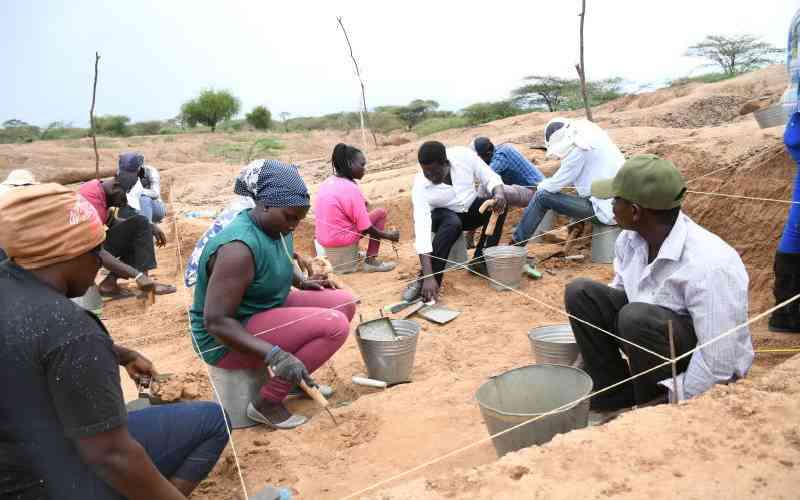×
The Standard e-Paper
Fearless, Trusted News

Scientists in Baringo have discovered over 800 stone tools dated 300,000 years ago.
Dr Job Kibii, paleontology and coordinator of Research at Turkana Basin Institute, said three archaeological sites were discovered within Rabai in Baringo South. The excavation started last month.